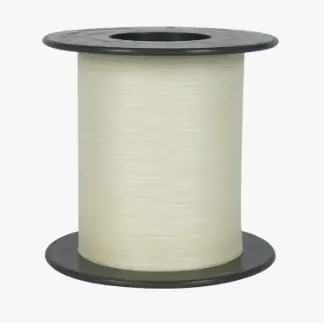In the diversified applications of modern textiles, Polyester Printing Fabric is gradually becoming the backbone of the fashion, home and functional fabric markets. Its excellent physical properties, rich pattern expression and cost-effective production cost have made it widely used worldwide.
Basic structure and performance advantages of polyester printed fabric
As a synthetic fiber, polyester has high strength, good elasticity and wrinkle resistance. Printed polyester fabric is based on polyester grey cloth, and the color and pattern are fixed on the surface of the fabric through thermal transfer, disperse dye inkjet or active digital printing, thereby forming a variety of decorative effects.
Compared with natural fibers, polyester fabrics are more wear-resistant and less prone to deformation, and still maintain bright colors in washing and sun exposure. It has a tight structure, smooth feel, and moderate moisture absorption, which is suitable for the production of light and thin spring and summer and outer products in autumn and winter.
The development of printing technology promotes aesthetic upgrades
The traditional paint printing process is gradually replaced by higher-resolution digital printing technology due to unclear patterns and single color levels. Modern digital printing technology can achieve photo-level image restoration, making the pattern more visually impactful and adapting to the personalized and customized aesthetic needs of contemporary consumers.

Thermal transfer printing is widely used on polyester fabrics, especially for flags, sportswear, swimwear and other products. This printing method can completely penetrate the color into the fiber structure, with high fastness and not easy to fade. In comparison, although disperse dye direct injection has richer color levels, the cost is slightly higher, and it is more used in fine clothing and high-end soft furnishings.
Diversified application areas, market penetration continues to increase
Printed polyester fabrics are widely used in clothing, home textiles, advertising, luggage and industrial supplies due to their cost advantages and processing flexibility. In terms of fashion clothing, it is widely used in women's clothing, children's clothing, sportswear and yoga clothing with its lightness, breathability and rich patterns; in the field of home textiles, curtains, sofa fabrics, tablecloths, etc. also use a large number of printed polyester fabrics to provide a richer home visual experience.
The advertising industry also uses a large number of printed polyester fabrics as flags, background boards, display racks and other materials because of its good weather resistance, strong pattern expression and long service life; in the luggage and decoration market, polyester printed fabrics are both durable and beautiful, giving products more creative space.
A new trend of environmental protection and functionality
With the increase of environmental awareness, the market demand for green printing technology continues to rise. The polyester digital printing technology using water-based ink and environmentally friendly coating has gradually become popular, which not only reduces pollution to the environment, but also improves the safety of end products.

Functionality is another major direction for the development of polyester printed fabrics. For example, adding finishing processes such as anti-ultraviolet, antibacterial, moisture absorption and perspiration absorption makes it have a broader application potential in outdoor products, medical products and skin-friendly fabrics. The new composite technology also allows polyester fabrics to achieve a double-layer structure design, retaining high printing clarity on the exterior, and taking into account both breathability and comfort on the interior.
Polyester Printing Fabric is no longer just an ordinary type of textile. It represents a comprehensive innovation that combines technology and art, environmental protection and efficiency, tradition and future. Whether it is the large-scale replication of fast fashion or the exquisite presentation of niche customization, it can flexibly cope with and quickly respond to market changes. In the context of the continuous upgrading and transformation of the fabric industry, printed polyester fabrics will undoubtedly play a more important role and become an important bridge between consumer demand and creative design.

 English
English русский
русский Español
Español











